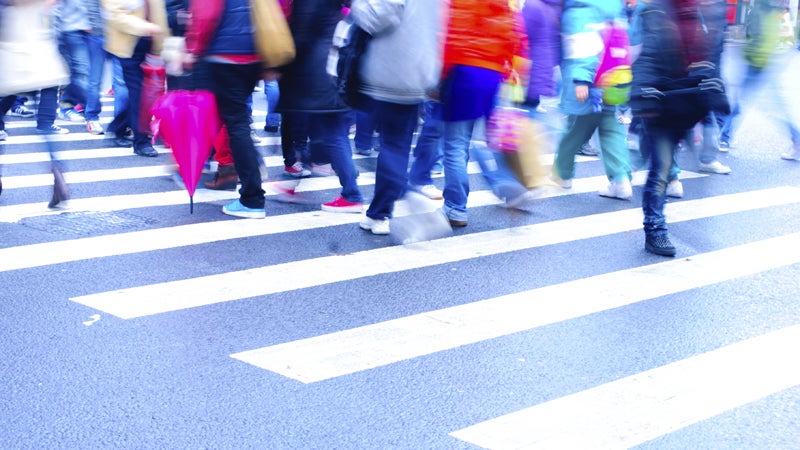A new study of walkable urban places (WalkUPs) claims that cities should be following in Washington, D.C.’s development footsteps. Out of the 30 biggest metropolitan areas in the country, , with “walkable urbanism” defined as the share of office and retail space located in walkable areas through the first quarter of 2014.
More interesting, , conducted by researchers from George Washington University’s Center for Real Estate and Urban Analysis (hmm…) and ‘s LOCUS group, found that some cities once opposed to dense urbanism, such as Miami and Atlanta, are shifting gears to mix retail and living spaces.
“We’ve basically seen some NIMBYs (‘Not in My Backyard’) become YIMBYs—’Yes in My Backyard,'” said GWU researcher Christopher Leinberger . “That’s because of the different principle that more is better with walkable urban.”
Researchers identified 558 WalkUPs in the 30 largest metro areas, divided them into seven different categories, and rated them based on economic and social equity performance, and looked at places with of more than 70 at their most walkable intersections.
Smart Growth America and its academic colleagues argue that the most walkable urban places should serve as muses for future development patterns in America’s biggest metropolitan areas—not only because it makes possible more efficient and healthier movement throughout urban spaces, but also because demand for homes in these places will boost economies.
Even more interesting is the cohorts’ perspective on categorizing city spaces. The authors suggest looking at areas in terms of suburban and urban classes and distance from the downtown locus is counterproductive today because centralization doesn’t determine concentration of resources, types of zoning, or methods of transportation.
“A far more useful understanding of metropolitan America is ‘walkable urban’ and ‘drivable suburban’ development. Because both types of development can occur in a metro’s central city and in its suburbs, the old dichotomy is now obsolete,” the researchers write.
For the complete report—full of interesting musings on urbanism and the functions of walkability—.
Top 10 Most Walkable Metro Areas
- Washington, D.C.
- New York
- Boston
- San Francisco
- Chicago
- Seattle
- Portland
- Atlanta
- Pittsburgh
- Cleveland


